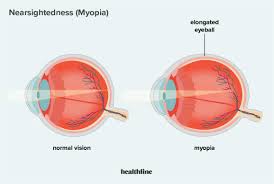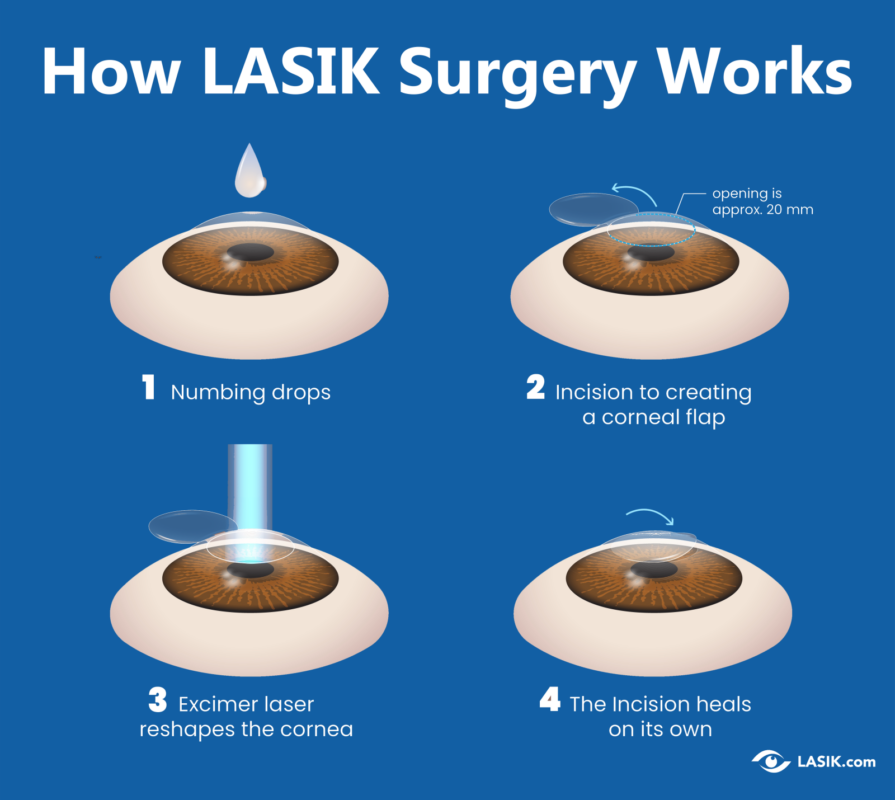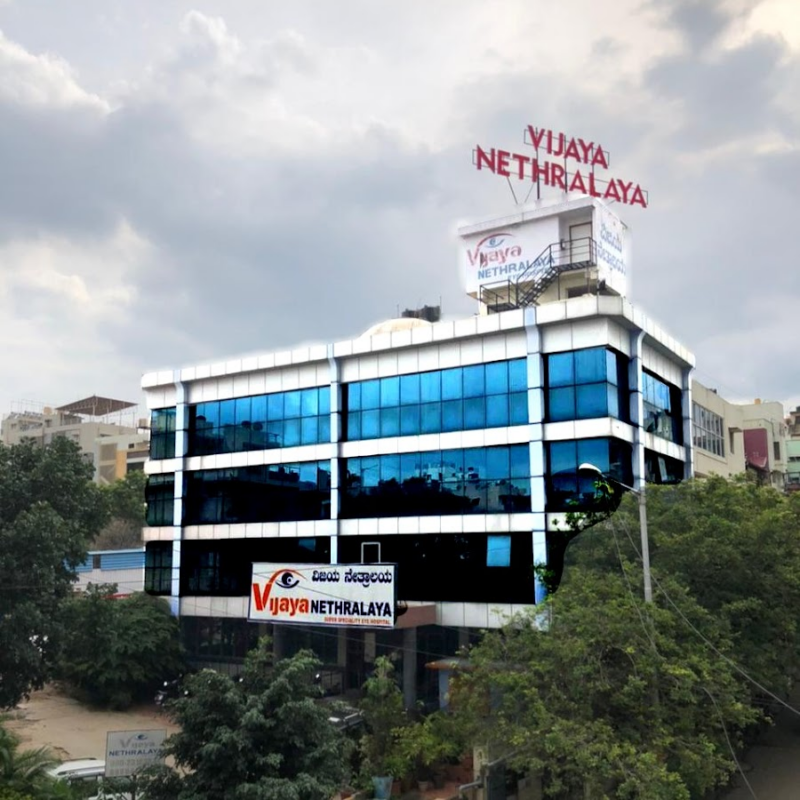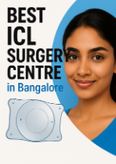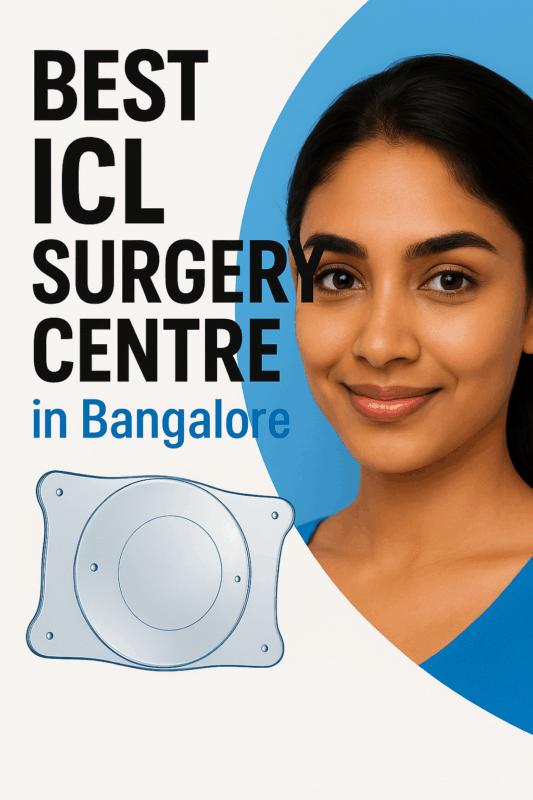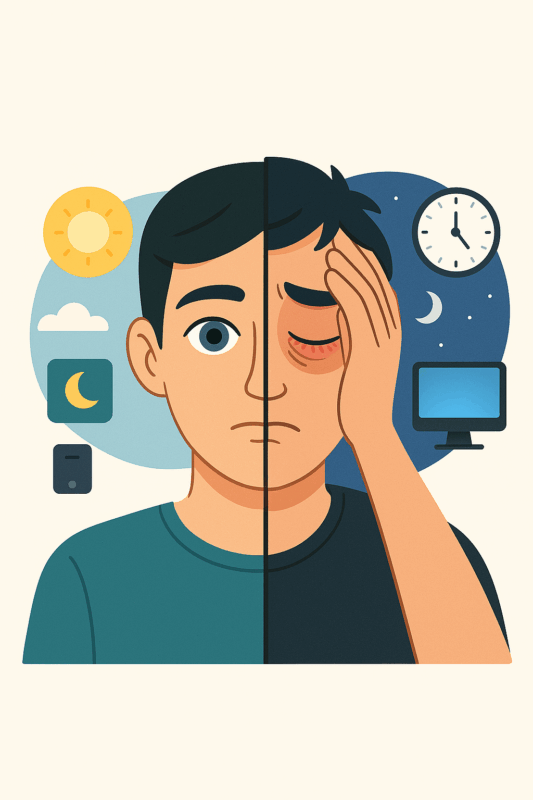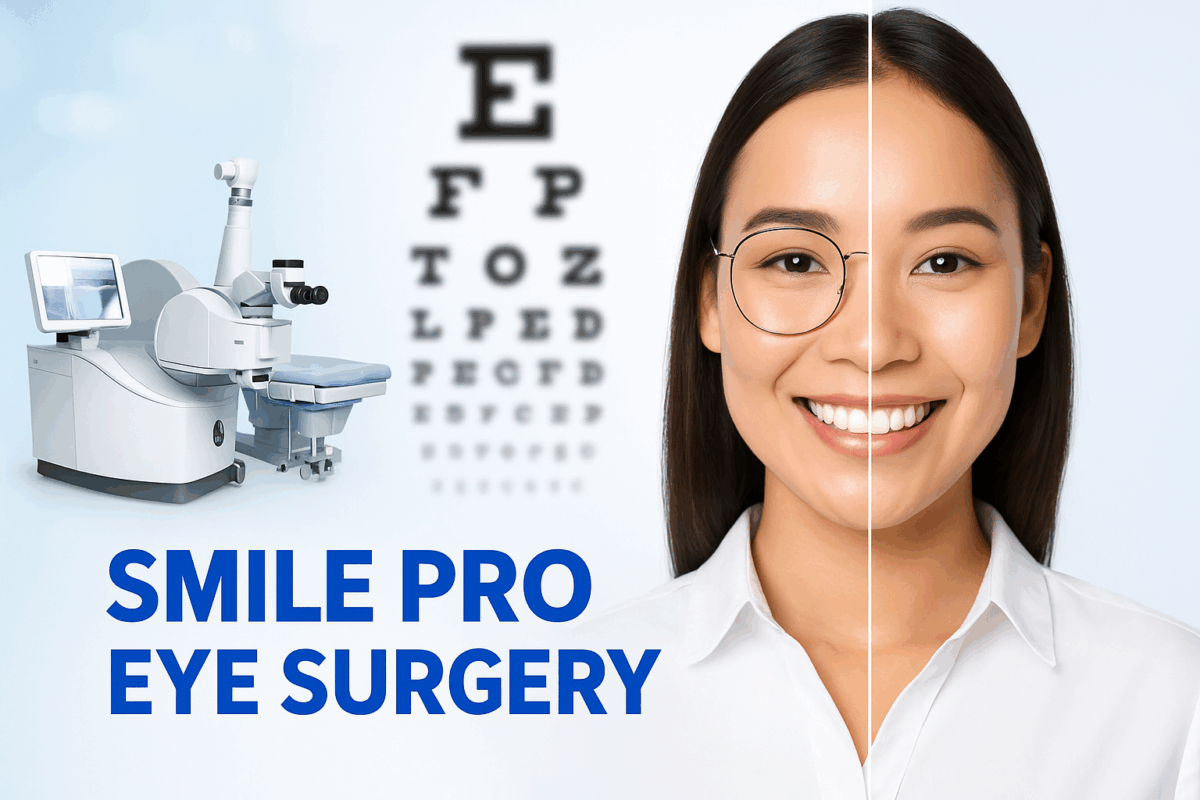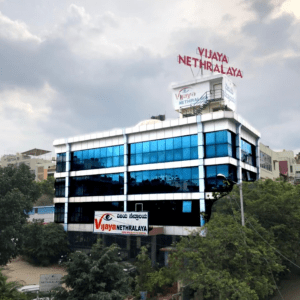Eye Surgery for High Myopia: What You Need to Know
Understanding High Myopia
High myopia is a severe form of nearsightedness where the eye grows too long, causing distant objects to appear blurry. eye surgery for high myopia People with high myopia (typically -6.00 D or higher) may face risks like retinal detachment, glaucoma, and cataracts. Thankfully, modern surgical options can help reduce dependency on glasses and contact lenses.
Causes of High Myopia:
- Genetics: A family history of high myopia increases the risk.
- Excessive Near Work: Prolonged screen time and reading may contribute.
- Environmental Factors: Lack of outdoor activities can impact eye development.
Risks Associated with High Myopia:
- Retinal Detachment: Due to the elongated shape of the eye.
- Glaucoma: Increased eye pressure affecting the optic nerve.
- Cataracts: Higher likelihood of early cataract formation.
- Macular Degeneration: Damage to the central part of the retina.
Best Eye Surgery Options for High Myopia:
1. LASIK (Laser-Assisted In Situ Keratomileusis)
- Ideal for myopia up to -10.00 D (in some cases, up to -12.00 D)
- Reshapes the cornea using a laser
- Fast recovery (usually within a few days)
- Not suitable for thin corneas or extreme myopia
- Success Rate: Over 90% achieve 20/25 vision or better
2. SMILE (Small Incision Lenticule Extraction):
- Suitable for myopia up to -10.00 D
- Minimally invasive with a smaller incision
- Less impact on corneal strength compared to LASIK
- Shorter healing time and reduced dry eye symptoms
- Success Rate: Around 98% patient satisfaction
3. ICL (Implantable Collamer Lens):
- Recommended for myopia up to -20.00 D
- A biocompatible lens is implanted inside the eye
- Reversible and preserves corneal integrity
- Suitable for patients with thin corneas or dry eyes
- Success Rate: Over 95% experience improved vision
4. PRK (Photorefractive Keratectomy):
- Best for patients with thin corneas
- No corneal flap, reducing risk of complications
- Longer recovery time compared to LASIK
- Suitable for athletes and military personnel
- Success Rate: 85-90% achieve 20/20 vision
5. Refractive Lens Exchange (RLE):
- Similar to cataract surgery
- Recommended for extreme myopia and older patients
- Replaces the eye’s natural lens with an artificial intraocular lens (IOL)
- Prevents future cataracts from developing
- Success Rate: 95% of patients report improved vision
Who is a good candidate for high myopia surgery?
Ideal candidates should:
- Be at least 18 years old
- Have a stable prescription for at least one year
- Have healthy corneas and no major eye diseases
- Undergo a thorough eye examination by an ophthalmologist
When Surgery May Not Be Suitable:
- Pregnant or breastfeeding women
- Individuals with severe dry eye syndrome
- People with autoimmune diseases like rheumatoid arthritis
- Those with unstable vision prescription
Risks and Considerations:
While modern eye surgeries are highly successful, some risks include:
- Dry eyes: Common in LASIK and PRK but usually temporary
- Glare or halos: Especially noticeable at night
- Corneal weakening: (ectasia) Rare but possible with LASIK
- Retinal complications: Higher risk in extreme myopia cases
- Infection: Rare but can be treated with antibiotics
Recovery and Aftercare:
- Avoid rubbing your eyes after surgery
- Follow prescribed eye drops regimen
- Avoid strenuous activities for a few weeks
- Wear sunglasses to protect against UV rays
- Regular follow-ups with your eye doctor
Recovery Timelines by Surgery Type:
- LASIK: 1-2 days for basic activities, full recovery in a few weeks
- SMILE: 3-4 days for mild discomfort, full vision stabilization in weeks
- ICL: 1-2 days for recovery follow-up required for adjustment
- PRK: 1-2 weeks for surface healing, months for full clarity
- RLE: 1-2 weeks for adaptation, final results in a few months
Alternatives to Surgery for High Myopia:
If surgery isn’t the right option, alternatives include:
- Orthokeratology (Ortho-K): Special overnight lenses reshape the cornea
- Atropine Drops: Slows myopia progression in children
- Multifocal Contact Lenses: Helps reduce eye strain
Conclusion:
High myopia surgery has advanced significantly, offering effective solutions to reduce dependence on glasses and contact lenses. Whether you opt for LASIK, SMILE, ICL, or another procedure, consulting a qualified ophthalmologist is crucial to determine the best option for your specific needs.

